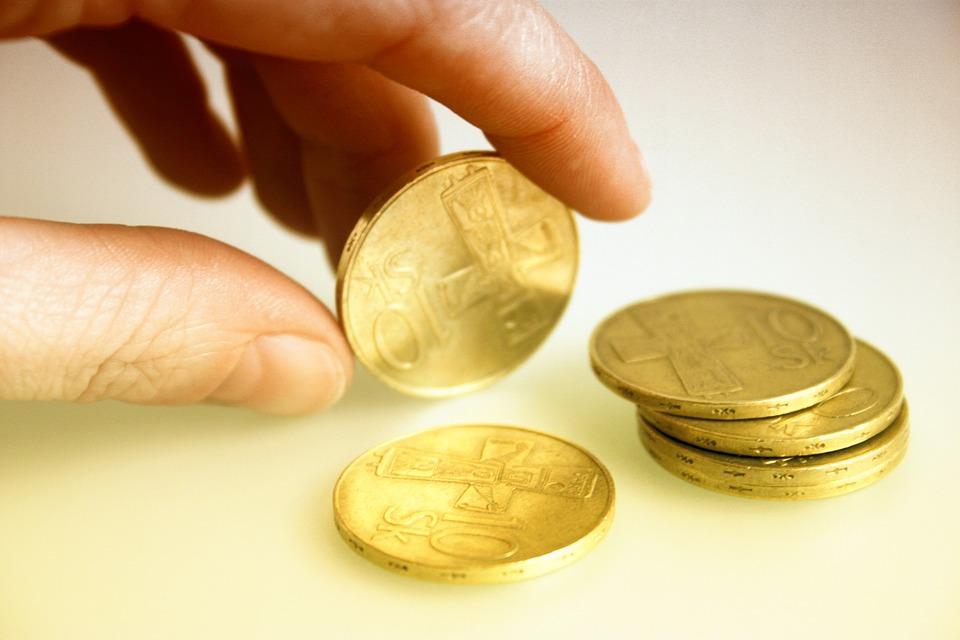Mint to Be: The Process of Creating a Silver Dollar Coin

Title: Mint to Be: The Fascinating Process of Creating a Silver Dollar Coin
The majestic silver dollar coin is a beloved collectible item that has been coveted by enthusiasts and investors for centuries. With its storied history, unique designs, and impeccable craftsmanship, it’s no wonder that minting a silver dollar coin is a complex and precise process. In this article, we’ll take a deep dive into the mint-to-be process of creating one of these esteemed coins, from conception to delivery.
Designing the Coin
The first step in creating a silver dollar coin is designing it. The United States Mint’s numismatic team works tirelessly to create a masterpiece that combines art, history, and innovation. Artists submit proposals, and after rigorous selection, the design is approved by the Citizens Coinage Advisory Committee, the Congressional Medal of Honor Commission, and ultimately, the Secretary of the Treasury. This collaborative process ensures that the final design embodies the coin’s intended themes, commemorative events, and symbolism.
Pattern Production
Once the design is approved, the pattern phase begins. A single blank piece of metal (often clad or blank) is impressed with the coin’s reverse design. This step-by-finesse process enables the designers to test and refine the coin’s strike quality, relief, and details before committing to larger quantities.
Mastering and Working Hubs
With the pattern refined, a larger hub is created from a combination of high-tech and traditional techniques. A master die is precision-engineered, allowing the master designer to further adjust and optimize the design as needed. The master die is then used to produce multiple working hubs, ensuring that every coin meets exceptional standards.
Die Manufacturing
Using advanced machinery, specialized equipment, and high-speed tools, the U.S. Mint produces countless working dies from the working hubs. These dies undergo extensive quality control measures, involving computerized precision control systems to guarantee accuracy, concentricity, and a high-strike- count to prevent errors or deviations.
Striking
Now it’s time for the actual striking of the silver dollar coin! Coin dies are paired and struck at the U.S. Mint’s state-of-the-art facilities, yielding 250,000-350,000 coins per press every 24 hours. These dies are treated like a high-performance work of art, requiring relentless care to maintain their pristine condition and prevent damage from dust, corrosion, or impact.
Inspection and Grading
Prior to circulation, coins are rigorously inspected for precision, texture, and striking quality. Numismatic graders analyze the coins to verify the design, composition, weight, and specifications meet standards. Any imperfect coins are set aside and undergo remelting for optimal recyclability.
Cupped to Crown: Handling, Storage, and Shipping
With inspection complete, minted silver dollar coins enter a network of climate-controlled, vibration-free storage rooms at the U.S. Mint or partner facilities. Secure bags or boxes transport coins to destination points, either to private collectors, authorized distributors, or into broader circulation. Careful packaging minimizes damage, maintains precision, and preserves mint-to-be perfection.
The meticulous mint-to-be process demands expertise, patience, and an eye for detail to ensure every silver dollar coin that bears the United States Mint’s stamp of quality reflects a testament to innovative artistry and masterful craftsmanship.
Conclusion
Crafting a silver dollar coin involves an intricate fusion of technical know-how, artistry, and an unrelenting pursuit of perfection. As a final piece, a coin is so much more than mere metal: it embodies the triumphs, values, and inspirations that have come together in this precise process from concept to circulation. Every time a collector or enthusiast places their eyes on one of these stunning coins, the meticulous process behind the scenes whispers tales of devotion to tradition, precision engineering, and a legacy worth commemorating.










[ad_1]